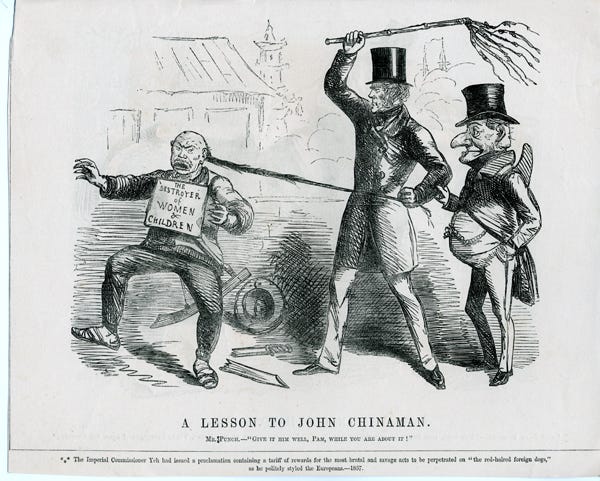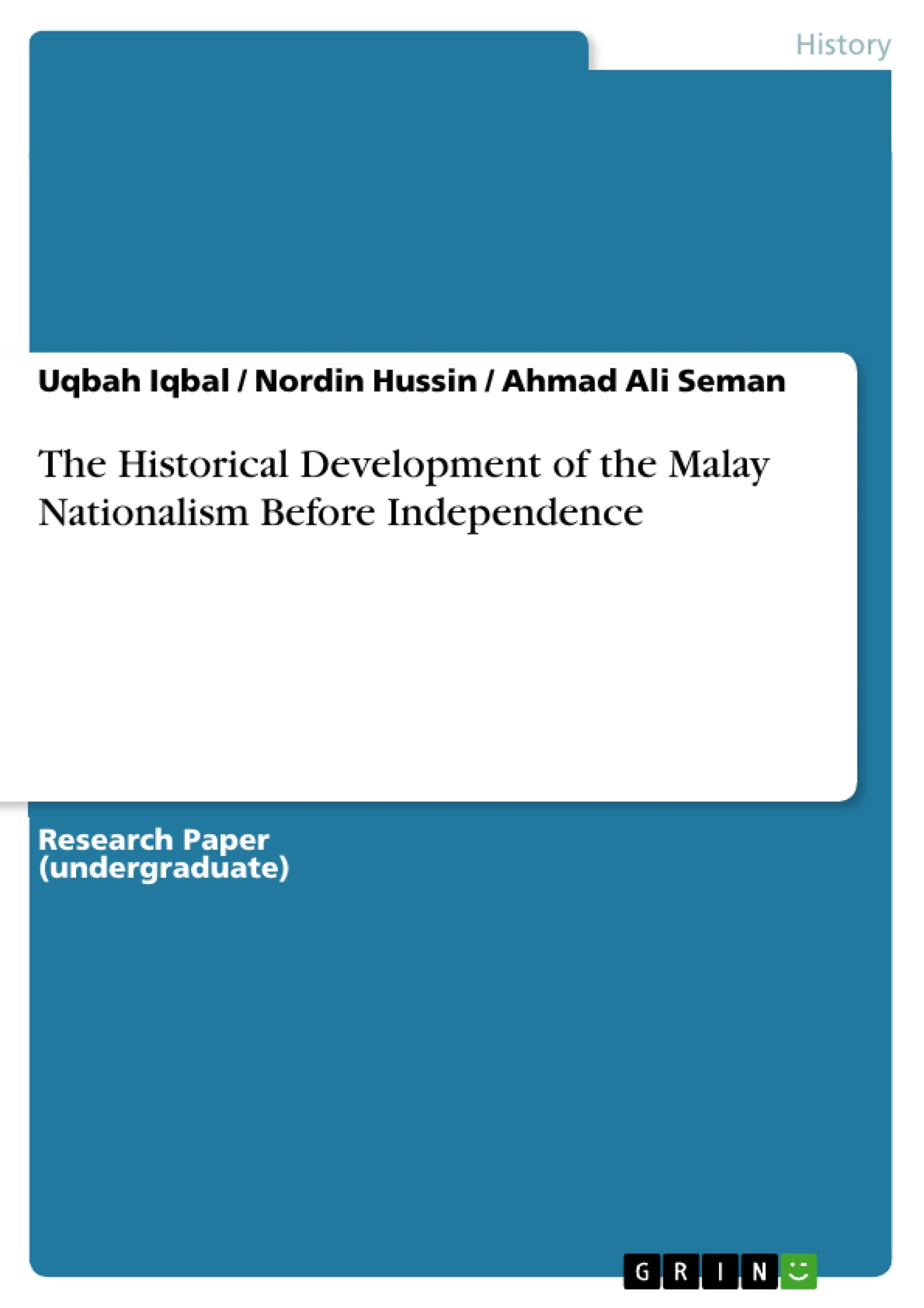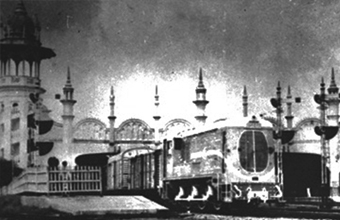Strategy stresses and encourages the dualistic character of the Malaysian economy. The first of these named the Stevenson scheme after its.

Chinese Resilience The Untold Story Of Chinese Entrepreneurship In 19th Century Malaya By Edward Wong Medium
Labour productivity in Malaysia is significantly higher than in neighbouring Thailand Indonesia the Philippines or Vietnam due to a high density of knowledge-based industries and adoption of cutting-edge technology for manufacturing and.

Colonialism in malaya economics. British officials believed that the rural Malay farmers needed to be protected from economic and cultural change and that traditional class divisions should be maintained. For the most part the situation at present remains the same. Direct colonial rule brought European racial theory and constructed a social and economic order structured by race.
Hence most economic development was left to Chinese and Indian immigrants as long as it served long-term colonial interests. And Their Agricultural Economy in Colonial Malaya 1874 1941 mainta ins. Vice-Chancellor University of Malaya 195256.
A predecessor of United Engineers which opened operations in 1881 is the earliest documented Western manufacturing enterprise in British. Jomo then explains how the British invited Sumatrans over to Malaya to grow rice for the domestic market so the colony could be self-sufficient alongside numerous other. The colonial era did provide Malaysia with what for the 1950s was good infrastructure in the form of paved highways and a railroad system that linked the major centres on the west coast of the Malayan Peninsula together with.
The Good Aspects 1Better Education SystemIntroduced English Education System a Cambridge System recognized for its quality. The author is Director of the London School of Economics and Political Science. For the rubber industry this involved two periods of mandatory restriction of exports to reduce world stocks and thus exert upward pressure on market prices.
Therefore the economic development which occurred in the colonies was almost exclusively in the raw materials sector. Upon independence in 1957 the Federation of Malaya retained the colonial framework of political economic and social institutions manned by the secular-nationalist elites of the three major communal groups. Closer to the Malay world Wan Zawawi Ibrahim depicts colonialism in a comparable way to Burhanuddin when he writes.
In British Malaya the colonial policies were responsible for the emergence of economic dualism characterised by a small prosperous European enclave sector dominated by large-scale plantations and tin-mining co-existing with a large native subsistence sector. The Federal Constitution effectively reduced the role of religion in nation-building to the private sphere. British Colonialism and the Education System in Malaya The British had colonized Malaya from the 18th century until the 20th century.
Opportunities to pursue tertiary education 5. The exploitative and extractive nature of colonial economy policy led to huge income and wealth gaps primarily between the British and a very small group of capitalists from all communities on the one hand and the bulk of the population of Malayas three main. Indeed until the late 19th century there is no evidence of foreign manufacturing capital operating in Malaya.
Based on extensive original research and including detailed case studies of the agricultural and mining. THE PASSING OF COLONIALISM IN MALAYA. Despite intermittent calls for Islam to be accorded a more than.
Whereas most of the literature dealing with the subject of colonialism generally explores only the themes of indigenous immigrant urban and rural underdevelopment this book throws light on the general functioning of British colonial-economic administration in Malaya. Between 1913-1950 Malayas economy grew by 15 a yearThis was a good deal better than in India which grew at about 001 between 1900 and 1947. During the colonial period the British had brought significant.
The economy of Malaysia is the fourth largest in Southeast Asia and the 38th largest in the world according to the International Monetary Fund. Even though the initial matter in question was on Malaysias economy during the period of British colonialism it appeared that all our speakers economists social scientists and historians despite much debates on the numbers and data sources and methodology agreed on the importance of understanding Malaysias history before ever making sense of anything else. The vital incentive for the economic development of the Malay states was provided by the colonial Government.
The Journal of Interdisciplinary History 2019 50 2. The Malay elite enjoyed a place in the new colonial order as civil servants. Rope and the development ofthe colonial political economy.
As a result when the colonies were granted independence after World War II they were largely dependent upon the export market as their source of prosperity. The growth of colonial economy is fundamentally related to the growth of exports The idea of the trade surplus is also very important because a colony should not be running with a deficit he says. Malayas economic growth during the colonial era overwhelmingly benefited Britain and a very small group of capitalists.
Better education system compare to Malay education system up to primary school only. Although colonies are often viewed as having been of crucial economic importance to Britains empire those responsible for administering the colonies were often not at all interested in or supportive of commercial ventures as this book demonstrates. Similar to other colonial expansions the extension of formal British political control into Malaysia then Malaya or what is now Peninsular MalaysiaWest Malaysia in the 19th century was spurred by its need to consolidate the raw materials initially tin and later.
He was Deputy Under-Secretary of State Colonial Office 194748 Head of the United Kingdom Treasury and Supply Delegation Washington 194951. A brief overview 4. Prior to 1850 inter-ethnic relations among Asian populations were marked by cultural stereotypes and occasional hostility but there were also possibilities for inter-ethnic alliances and acculturation.
The colonial government attempted to counteract this vulnerability to economic swings by instituting schemes to restore commodity prices to profitable levels. In anutshell argue that there was qualitative shift in ethnic relations and ideology in late nineteenth century Malaya. Beyondques-tion there wereethnic divisions andwidespread ethnic stereotypes prior to this time-bothbetweenEuropeans andAsians within the many Asian populations of the region.
As in other developing economies early foreign capital to Malaya 1 was primarily engaged in mining and agriculture. Colonial History of Malaysia. Much has been said about the ramifications of British colonialism in Malaya oscillating between praise for the institutions they established and blame for their racially motivated policy of.

Spaces Of Occupation Colonial Enclosure And Confinement In British Malaya Sciencedirect

Pdf The Economy Of Colonial Malaya Administrators Versus Capitalists
Malaysia British 1874 1957 Western Colonialism

The Historical Development Of The Malay Nationalism Before Independence Grin

Growth And Welfare In Colonial Malaya Comparisons With Other Asian Colonies Articles Economic History Malaya

Defence And Decolonisation In Southeast Asia Britain Malaya And Singapore 1941 68 In 2022 Southeast Asia Singapore Britain
